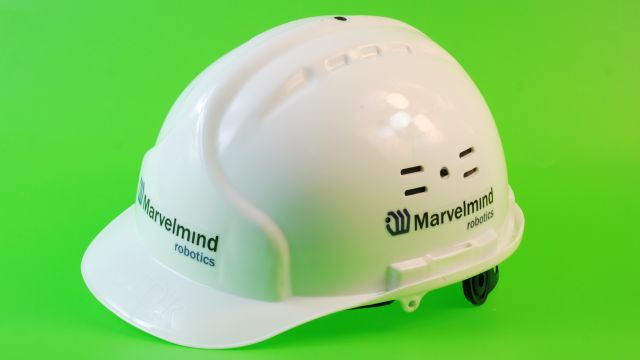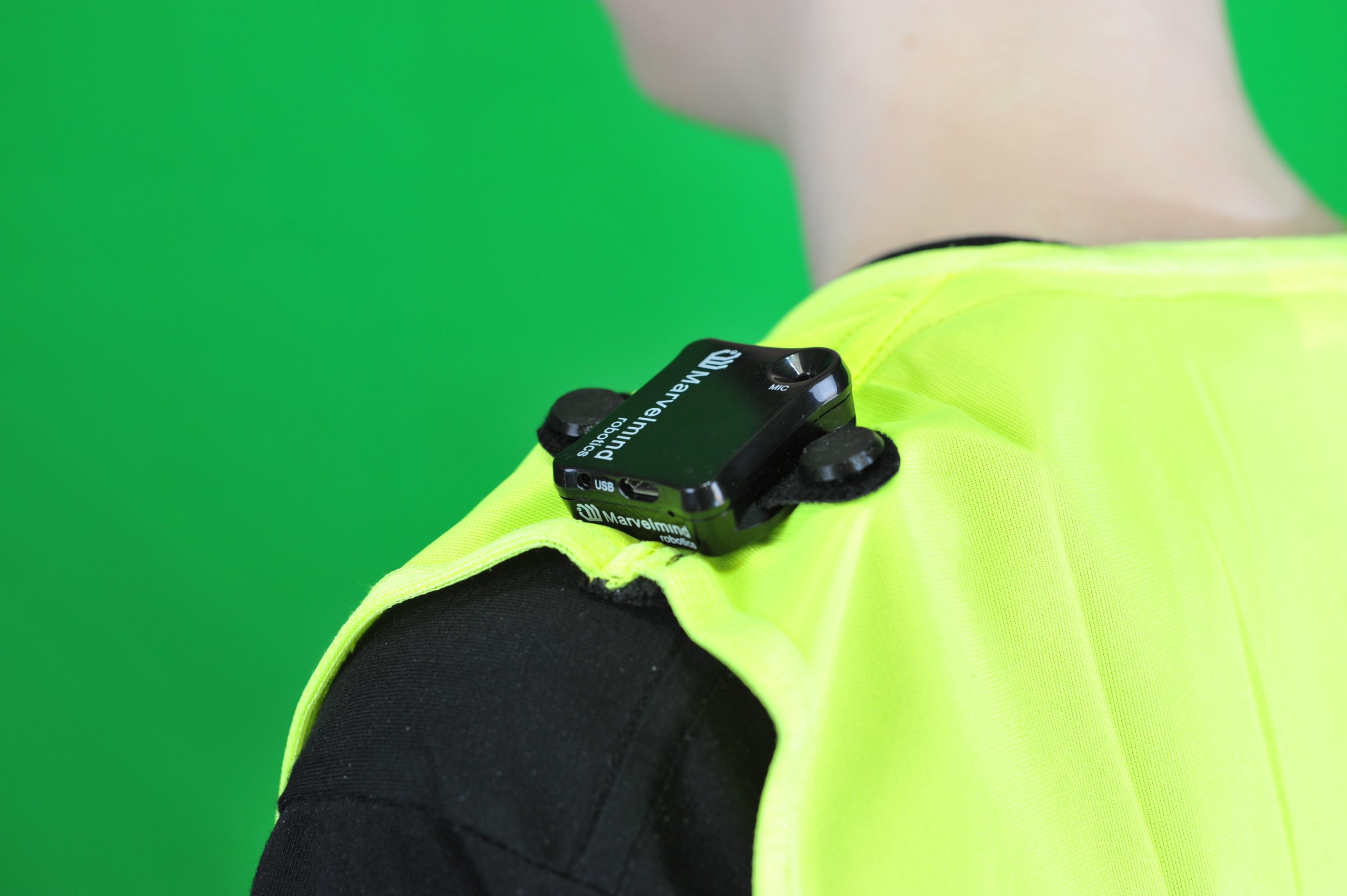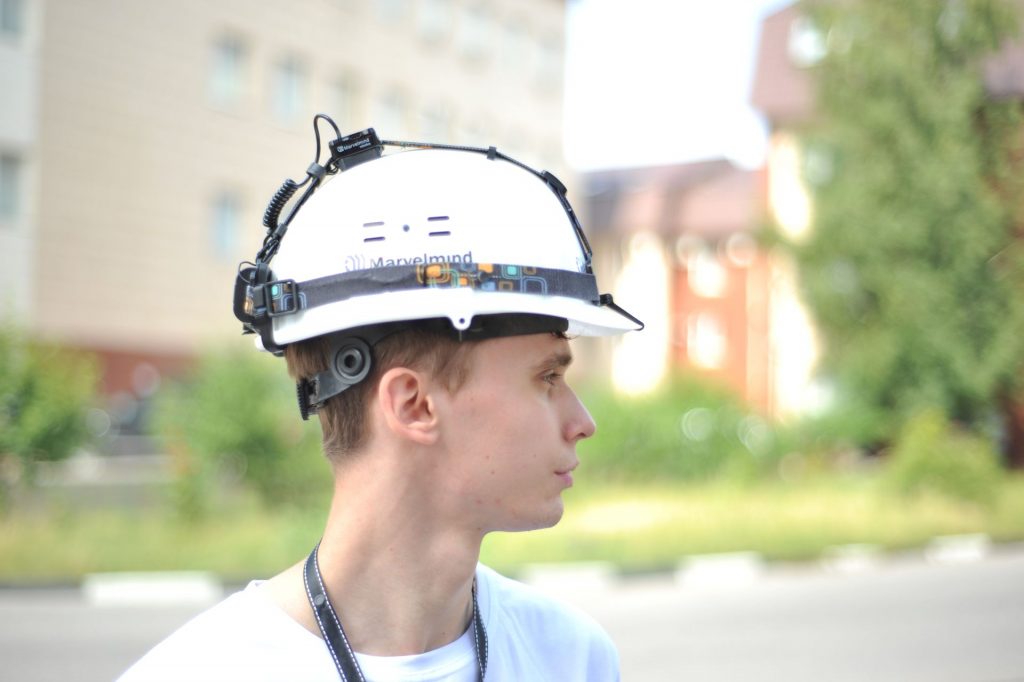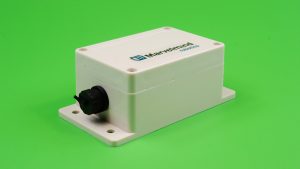Precise indoor positioning system for people
An indoor positioning system for people tracking in industrial applications is highly beneficial for the following:
- Safety
- Productivity
Typical safety applications include but are not limited to:
- Tracking of personnel on the factory floors or assembly plants; inside mines, tunnels, and generally underground; in construction sites
- Minimizing probabilities of safety violations
- Utilizing static geofencing zones – preventing unauthorized personnel from leaving safe zones and entering the dangerous zones
- Utilizing mobile geofencing zones, for example, around moving vehicles, forklifts, or cranes
Typical productivity applications are:
- Assigning a task based on the specialist’s current location, for example, checking a measurement device by the nearest technician
- Increasing the productivity by minimizing unnecessarily walking and waiting time
Example of people tracking in industrial environment
Typical needs:
- Safety: to minimize probabilities or accidents: geofencing, avoiding being hit by vehicles or machines. Rescue if needed. Alarm buttons
- Productivity: to know where people are in real-time and to assign tasks based on location
- Monitoring: to receive data from the person on the move – health data and special data (gauges, telemetry, etc.)
Typical requirements:
- Accuracy: less than 1m; often – less than 0.5m – our system supports ±2cm
- Capacity: 20-150 people – our system supports up to 250 people out of the box. Several thousand with a Multi-Modem Architecture
- Update rate: “real-time” – our system supports typ. 1-8Hz (location updates per second per person)
- Battery lifetime: at least one shift (8-12h) – our system supports typ. 72h for the mobile beacon. Up to 1-2 weeks with battery optimization. Regular USB charger
Tracking warehouse workers
Jacket + Helmet - live tracking over 100m
Precise tracking of visitor in Cinema Museum
Recommended configurations for people tracking and navigation
1) Choose the Inverse Architecture (IA). In the inverse architecture, stationary beacons emit ultrasound, and mobile beacons receive ultrasound. As a result, stationary beacons must have different frequencies in each submap. See more in the architecture comparison.
3) Select the most suitable starter: https://marvelmind.com/products. Or create your configuration from relevant products.
Basic configurations for easy start
Starter Set Super-MP-3D & proper mobile beacon for your needs
Overall, Starter Set Super-MP is the best and the safest choice when you are not sure what to choose or what exact experiments you will run, but you want to have the most straightforward solution with the greatest flexibility and the greatest performance at the same time
Stationary beacons + modem:
- https://marvelmind.com/product/starter-set-super-mp-3d/ – the main set. It may be sufficient for the very first experiments. Then, you could expand with additional Super-Beacons
- https://marvelmind.com/product/super-beacon/ – additional mobile or stationary beacons for expansion. Switching between the mode is just a click on the Dashboard
Mobile beacons:
Jacket
Use Marvelmind Jacket when you can use Marvelmind Helmet, or Headlight or Cap.
Jacket has two microphones – on the left shoulder and the right. It is done to prevent the worker’s head or neck from creating a non-line of sight situation to the stationary beacons around.
Helmet
Use Marvelmind Cap for serious industrial applications when workers need head protection.
Cap
Use Marvelmind Cap for light industrial applications when workers need head protection, but Helmet is not an option.
Badge
Use Marvelmind Badge for light industrial or office or museum/exhibition applications.
Badge has two double-microphones around user’s the neck and a full-size antenna in its lace. It secures robust performance in non-line of sight situations caused by the user’s head or neck.
Headlight
Use Marvelmind Headlight for heavy-duty industrial applications. As compared with Helmet, it has:
- Room for external optional batteries on the back of the head – up 5-7 times longer working time than with the embedded battery only
- Additional microphones – to provide robust coverage when the person wearing the Headlight provides a non-line of sight situation with the tip of the Helmet
- Headlight can be installed on certified helmets that can’t be modified, i.e. when Marvelmind Helmet cannot be used
Advanced configurations
After you have done basic tests and familiarized yourself with the system, moving to real-case assessment and considerations is time. And several questions shall be asked and answered to build an optimal design for your specific application and requirements.
Indoor or outdoor?
The only difference between indoor and outdoor is in protection against dust and moisture. Otherwise, the system can work indoors and outdoors equally well.
When we refer to outdoors, it doesn’t necessarily mean real outdoors. It can be indoors, underground, or anywhere; here, conditions differ from typical office-like conditions for which the indoor version is designed.
Power supply?
Power supply for stationary beacons can be an issue because of costs associated with running the electricity to the stationary beacons can be high, particularly if not planning it.
We always recommend a fixed power supply as the primary choice because it gives peace of mind. However, a sizeable external battery is a viable option too.
See more: Power supply options for beacons.




